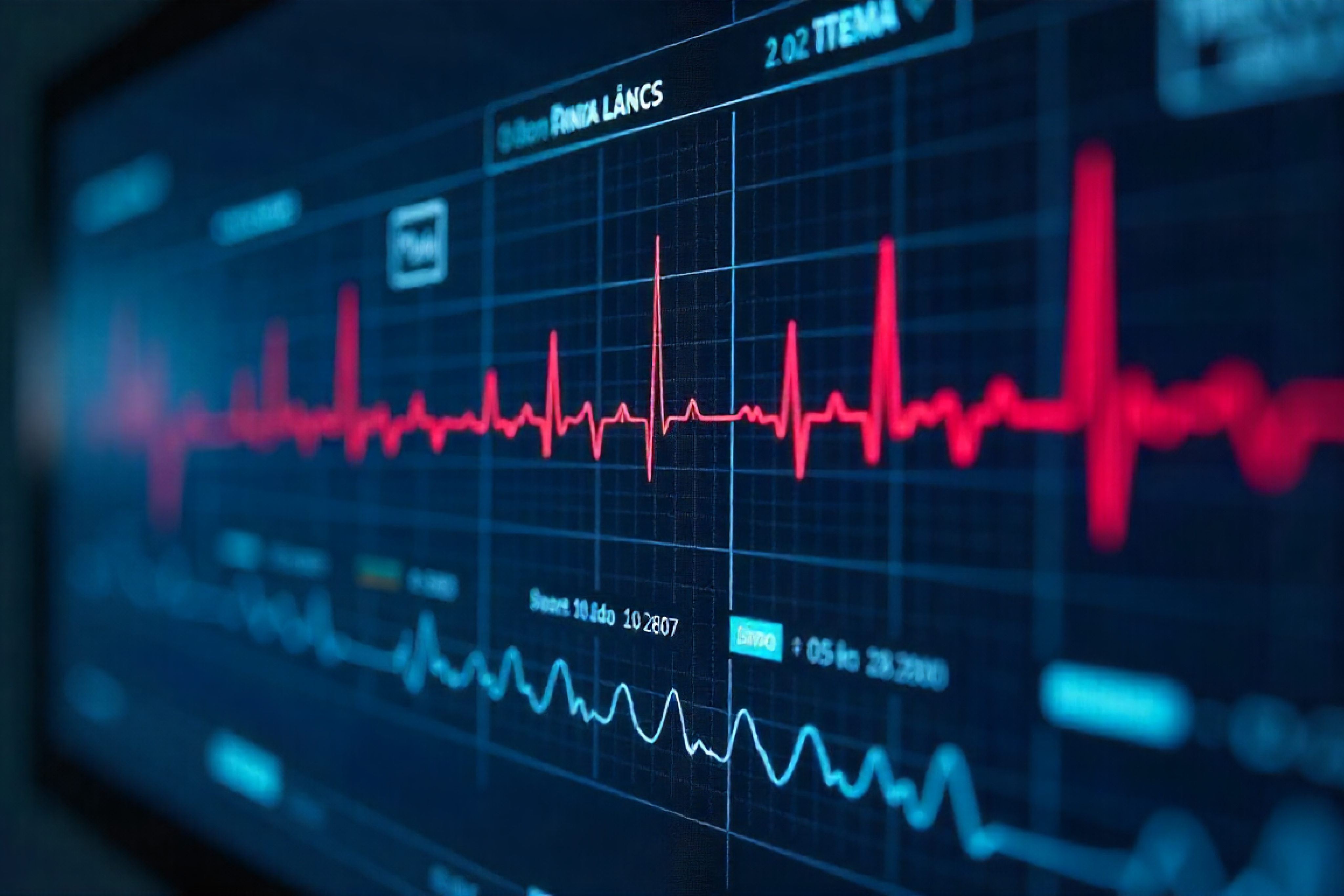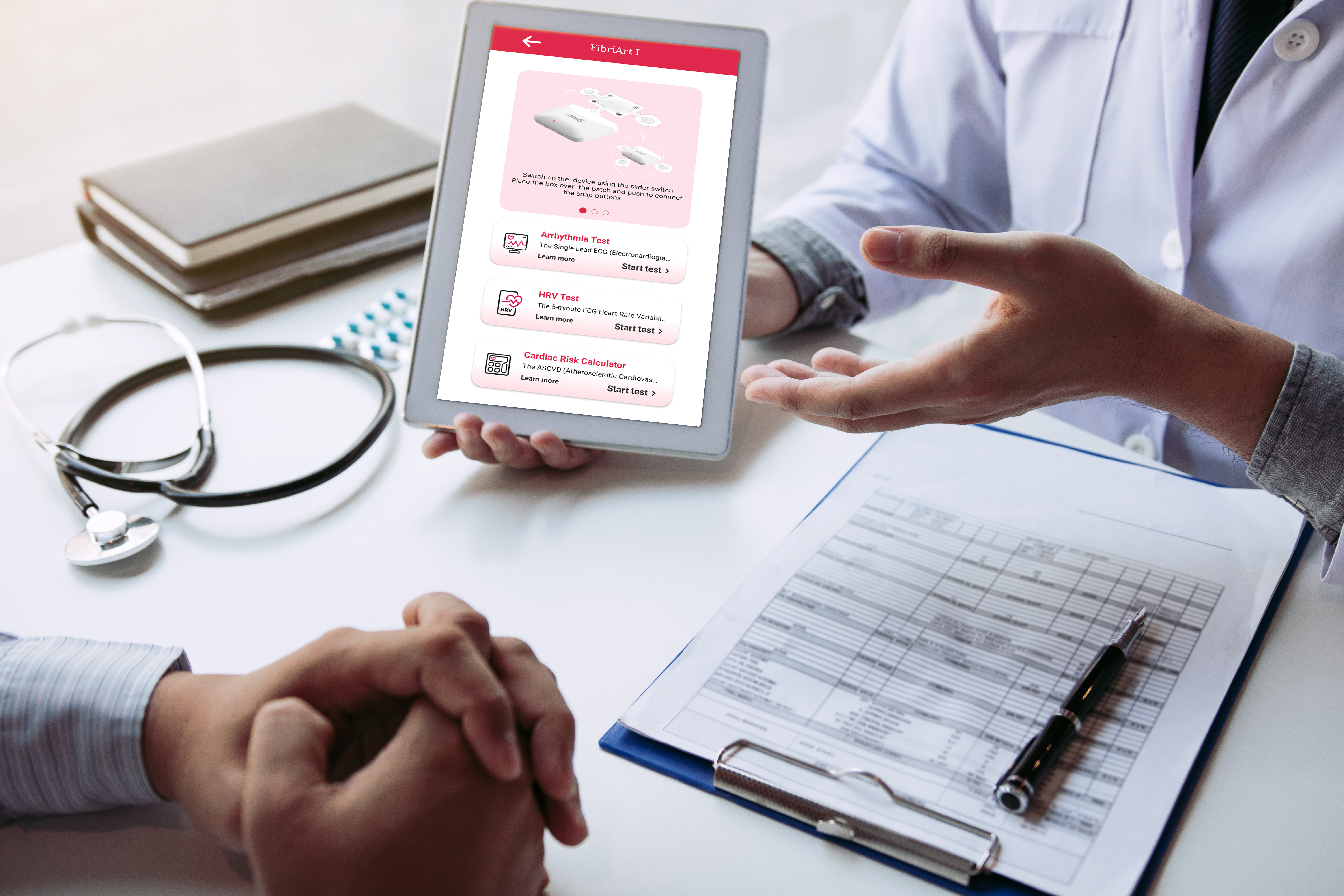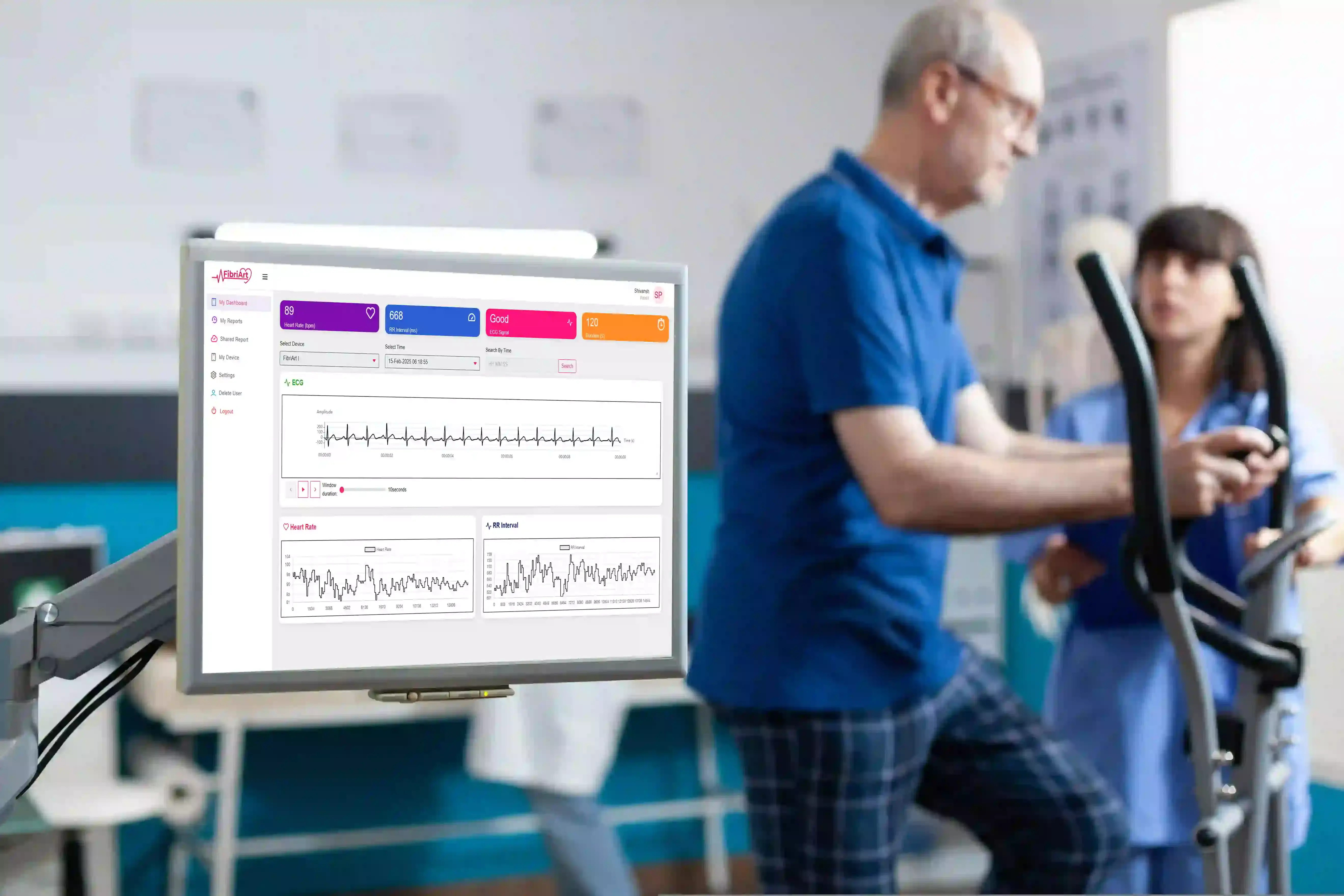Introduction: A New Era in Heart Monitoring
For over 50 years, Holter monitors have been the standard tool for outpatient cardiac rhythm evaluation. They've been indispensable - but also bulky, wired, and inconvenient. Today's patients expect more comfort, and clinicians demand better data.
Enter the wearable ECG patch. This slim, all-in-one device replaces wires and recorders with a discreet adhesive patch. It gives cardiologists the same (or better) diagnostic data while keeping patients comfortable and active.
Comfort and Compliance: Monitoring Patients Will Actually Use
Holter monitors often involve several electrodes, multiple wires, and a waist-worn recorder. They're hard to conceal, limit normal activities, and can irritate the skin. These hassles lead to lower patient compliance and incomplete data.
In contrast, a wearable ECG patch looks and feels like a large adhesive bandage. It sits flat on the chest, is water-resistant, and doesn't restrict movement. Patients can sleep, work, and exercise without thinking about it. The result: higher compliance, longer wear time, and more complete data - exactly what cardiologists need.
Longer Wear Time: More Data, Better Diagnoses
Holter monitors usually record 24-48 hours of ECG data. But many arrhythmias - like paroxysmal atrial fibrillation - happen sporadically. Short monitoring periods often miss them.
A modern patch-based monitor extends recording times to 7, 14, or even 28 days. This greatly improves the chance of detecting irregular rhythms and reduces the need for repeat tests. Hospitals and practices using patches see fewer inconclusive reports and faster diagnoses.
Cleaner Signals: Fewer Artifacts, More Confidence
Traditional Holters can lose data when electrodes loosen or wires shift. Motion artifacts and electrical interference are common. Even brief interruptions can render large sections of data unusable.
Modern cardiac monitoring patches integrate electrodes and electronics into a single unit, holding firmly to the skin. This design minimizes noise and produces higher-quality signals. Clinicians gain clearer insights and reduce the frustration and costs of repeat monitoring.
Streamlined Workflows: Time Saved for Staff and Patients
Applying a Holter monitor can take 20 minutes or more. It requires prepping the skin, placing multiple electrodes, attaching wires, and explaining the recorder to the patient.
A wearable ECG patch takes only a few minutes to apply. Its simplicity saves staff time, reduces training, and allows clinics to see more patients. For hospitals under staffing pressure, these efficiency gains make a tangible difference.
Patient Experience Matters: Comfort Drives Outcomes
When patients are embarrassed or inconvenienced by their device, they're less likely to follow instructions - and the data suffers. A comfortable, discreet modern ECG patch changes that.
Patients can shower, go to work, and exercise without thinking about the device. This leads to higher adherence, richer datasets, and faster, evidence-based clinical decisions. At FibriArt, our patches are designed specifically to minimize irritation, maximize comfort, and improve outcomes.
Safety and Standards: Transparent and Reliable
Clinicians and hospitals need confidence in any device they deploy. Modern ECG patches meet rigorous standards for electrical safety, biocompatibility, and data privacy.
At FibriArt, we're transparent about where our products stand in the certification process. We comply with international standards and are working toward full FDA and CE approvals. This openness gives healthcare providers peace of mind when adopting our technology.
Key Takeaway: A Leap Forward for Cardiac Monitoring
The wearable ECG patch is more than just a better Holter monitor. It's a leap forward - longer monitoring, higher quality data, better patient experience, and streamlined workflows. Hospitals and cardiology practices that adopt this technology today can offer more accurate diagnostics and more comfortable care.
You can explore our complete line of patches at FibriArt.com.
Frequently Asked Questions (FAQs)
It's an all-in-one, wire-free device worn discreetly for days or weeks, versus a Holter's multiple leads and external recorder (usually limited to 24-48 hours).
Depending on the model, patches can be worn for 7, 14, or up to 28 days continuously, improving the likelihood of detecting irregular rhythms.
Our current focus is on reliable long-term ECG recording and physician-ready reports. AI and remote monitoring features are in validation and will be launched once fully approved.
You can explore our full product range on our official website FibriArt.com.
Visit our Contact Page to schedule a product demo or request procurement details.
We?re actively pursuing regulatory approvals and keep our website updated on certification progress.





